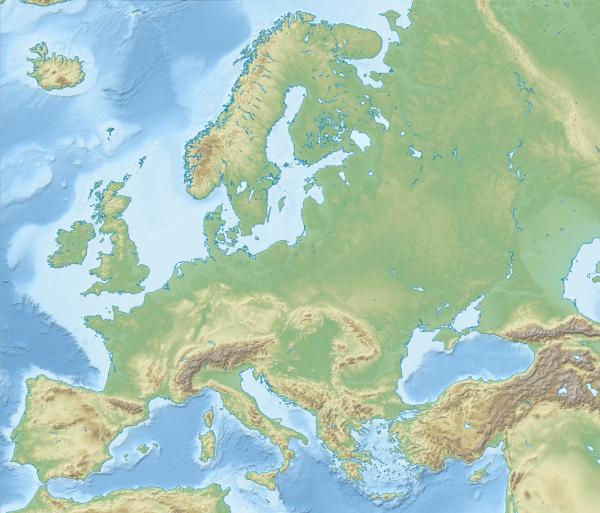Ending the Sale of Petrol and Diesel Vehicles by 2030
Written by Jorge Pikunic

The UK’s target to reduce emissions to net zero by 2050 is one of the most comprehensive goals set by any major economy to date. As we come out of the COVID-19 crisis, we have a unique opportunity to re-align our economy with this ambitious net zero emissions commitment.
As Centrica, we believe in a customer-centred recovery that is cheaper and greener. ‘Net Zero homes and Electric Vehicles’ is one of the priority action areas where we are asking for government to provide support. The transport sector remains the UK’s largest emitting sector and potentially one of the most challenging to abate, responsible for around 27% of emissions.
As a company, we have committed to electrifying our own British Gas fleet by 2030. The first major milestone was reached this month, with the largest UK fleet order of 1,000 Vauxhall Vivaro-e’s. More broadly, we will play our part in the transport decarbonisation challenge through installing and optimising charging infrastructure for our customers, and promoting a flexibility first approach to electrification, so that the renewable generation required comes at least cost for consumers.
Among our suggestions to government to help with the EV roll out are:
- Bringing the petrol and diesel vehicle phase out date forward to 2030 - Such a clear commitment to electrification in the UK will be vital for vehicle manufacturers and consumers. Customer demand and acceptance of EVs is already at an all-time high. Centrica will play its part through installing charging points and, importantly, optimising charging to avoid grid stress, minimising the total costs to the energy system.
- Continue funding support to help with the costs of charging infrastructure roll out and vehicle purchase until the mid-2020s.
- Use the Energy White Paper to identify grid flexibility as a key enabler for the transition to an electrified future, and set a policy objective for the deployment of flexibility at a local and national level to meet net zero at least cost to consumers.
Our own modelling projects that EVs are likely to reach cost parity with ICE in 2025[1].We support a 2030 phase out date for petrol and diesel vehicles. Key to this date is the continuation of existing funding to help with the costs of charging infrastructure roll out and vehicle purchase, as well as the development of flexibility markets to manage power constraint issues.
As the UK looks to ‘build back better’ and the government ramps up support for a green recovery, electrification of transport is a space where grants to help deploy infrastructure and incentives to support vehicle purchases can make a material difference to success. We still need these incentives to ensure the total cost of ownership for EVs is competitive when compared to petrol and diesel, especially for fleets.
Transport and energy have historically been dealt with separately. However, in the new world of EVs, they must be brought together with joint policy objectives. This is particularly true of an accelerated uptake of EVs, as this will have a material impact on energy demand.
To meet this new demand for energy, around 150GW of renewable generation (mainly wind and solar) is needed by 2050, alongside flexibility. Our own modelling suggests upwards of 70GW of flexibility will be required to support the power system cost effectively and manage the inherent intermittency that comes from renewable energy. Smart charging for EVs and flexibility markets will be essential for reducing peaks in demand demand, solving the broader renewable intermittency challenge, and rewarding our customers for their participation in the energy system. Estimates from Imperial College suggest that the use of flexibility can save UK business and consumers between £16bn and £40bn, through reducing the amount of additional back-up generating capacity needed.
A wider consideration is how we manage the costs of delivering net zero. With an incremental system cost of £800 billion (equivalent to £1,000 per home annually to 2050), simply adding these costs to energy bills, as we have done in the past, is not a sustainable model as it is regressive. Wherever possible we need to leverage new funding models, draw in private sector capital and deliver rapid cost reductions in new technologies through scaling up early. The Economic Review into the Costs of Net Zero that the Treasury is undertaking will be critical to understand the most cost-effective route to net zero.
[1] On the assumption that existing support and taxation differentials with ICE continues.
Jorge Pikunic is the Managing Director of Centrica Business Solutions
